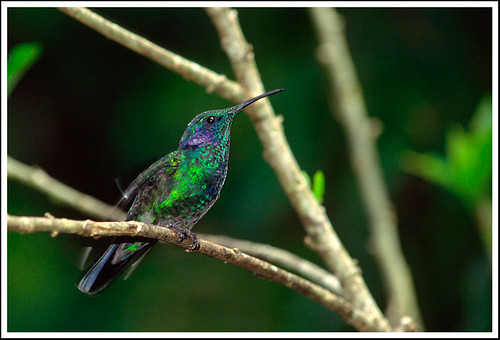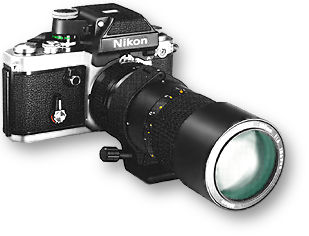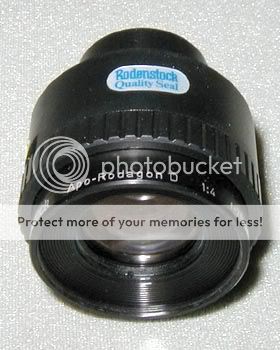Joe P
Memory Alpha incarnate | mod; Shatner number = 2
Paul,
Kodak used to make two full-frame bodies, one in Nikon mount and one in Canon mount but they are out of the game now. Nikon has yet to produce a full-frame body. Whether they ever will is anyone's best guess.
Joe
Canon has made full-frame cameras for a few years now, first the 11MP 1Ds, then the 16.7MP 1Ds Mk II. The 5D is their first affordable model -- affordable only in the sense that the body costs less than a used car. It's still a lot of money for an amateur.... the Canon EOS 5D caught me eye. Not because I would see myself switching brand but because this is the first time I noticed anyone had introduced a full frame sensor, as it were. Has Nikon done this also?
Kodak used to make two full-frame bodies, one in Nikon mount and one in Canon mount but they are out of the game now. Nikon has yet to produce a full-frame body. Whether they ever will is anyone's best guess.
They don't attract dust, but if dust falls on a sensor it usually shows up in the picture. Olympus has a ultrasonic sensor shaker that apparently helps keep the sensor spotless, so if dust is an issue you may want to go with one of their models. Derek can advise there.Also, do sensors keep clean these days or do they still attract dust?
Just take the plunge. Digital SLRs are now good enough that you don't have to make excuses for them.These two were both part of my not bothering with digital yet but when it happens I will have little excuse left.
The D2H, D2Hs, D2x and D200 give full matrix metering with AI and AIS Nikkors.I do like the idea of getting my manual Ai etc. lenses straight onto a digital body one day.
Joe




